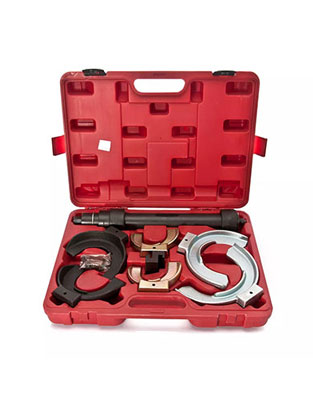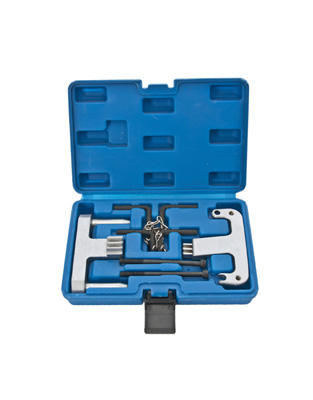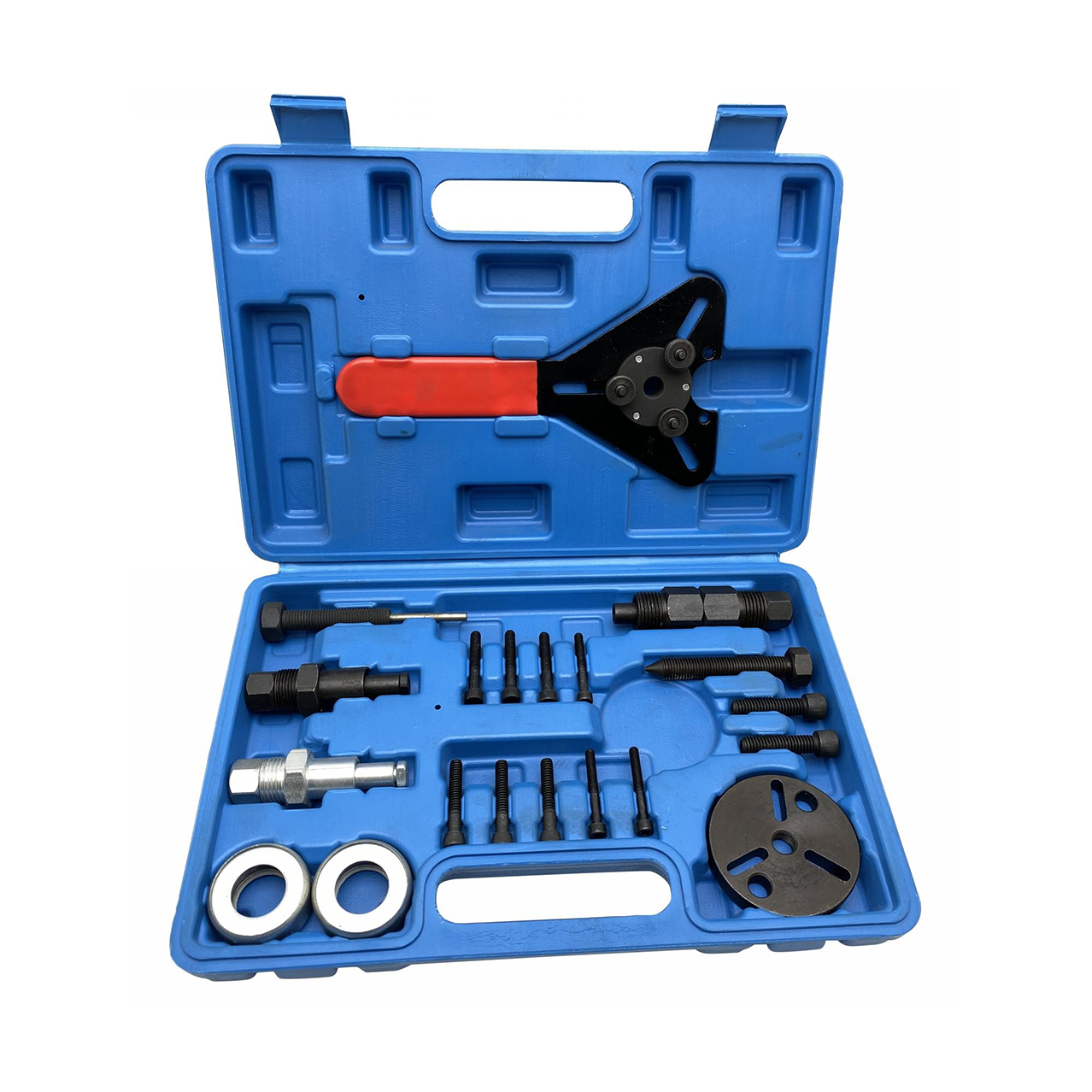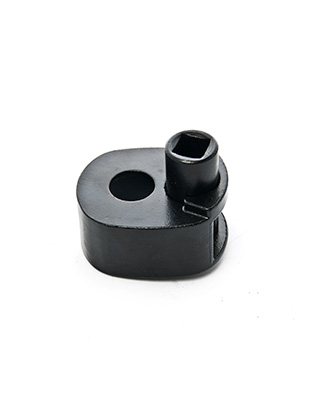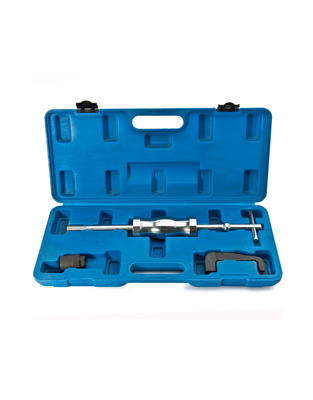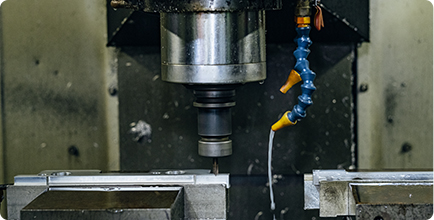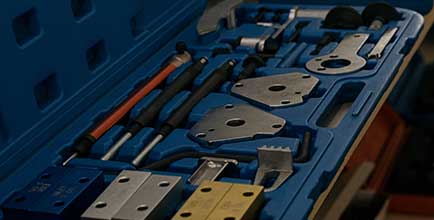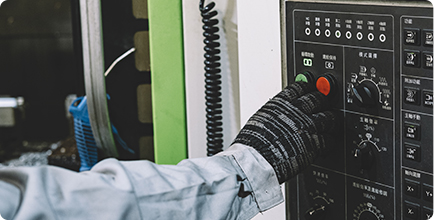When it comes to car repairs or maintenance, having the right tool can make all the difference. One such indispensable tool for mechanics and car enthusiasts is the car shaft puller. Whether you are a professional mechanic or an amateur DIYer, understanding how to properly use a shaft puller can save you time, effort, and frustration. In this blog, we will delve into the world of car shaft pullers, discussing their importance, functionality, and how to use them effectively.
I. Understanding the Car Shaft Puller: An Essential Tool in Your Arsenal
Before we dive into how to use a car shaft puller, let's understand its significance and how it can simplify your repair projects. A car shaft puller is a specialized tool designed to remove stubborn bearings, gears, pulleys, and other components from a vehicle's shaft or axle. It is widely used in a variety of applications, ranging from engine repairs to transmission overhauls.
II. Step-by-Step Guide: Mastering the Technique
Now that we recognize the importance of a car shaft puller, let's explore how to use it effectively for different scenarios. Follow these steps to make the most out of your shaft puller:
1. Preparation:
- Begin by ensuring you have the correct shaft puller for the job. It's crucial to choose a puller that fits the diameter and specific requirements of the component you intend to remove.
- Familiarize yourself with the manufacturer's instructions or user manual that accompanies the puller. This will provide detailed guidance on recommended techniques and safety precautions.
2. Securing the Shaft Puller:
- Position the puller securely on the shaft, ensuring the puller jaws or hooks are in contact with the appropriate points on the component that needs to be detached.
- Tighten the puller's center screw or bolt gradually until the jaws make firm contact with the component.
3. Applying Tension:
- Use a wrench or ratchet to turn the center screw or bolt clockwise, gradually increasing tension on the puller.
- Keep in mind that excessive force may damage the component or the shaft, so it is crucial to apply pressure gradually and observe the process closely.
4. Extraction:
- As tension builds, the puller will slowly extract the component from the shaft. Ensure that the pulling force is evenly distributed to avoid any damage.
- If the component seems stuck or resists extraction, try applying penetrating oil or gentle taps using a rubber mallet to loosen it. Avoid using excessive force to prevent any unintended consequences.
III. Safety Tips and Best Practices:
While using a car shaft puller is generally safe, it is essential to keep a few precautions in mind:
1. Personal Protective Equipment (PPE):
- Always wear protective gloves and safety glasses while operating a shaft puller to protect yourself from any potential hazards.
2. Inspect Tools Regularly:
- Before each use, inspect the puller for any signs of damage or wear. Replace any damaged components or seek professional advice if needed.
3. Selecting the Right Puller:
- Ensure the chosen puller is designed to handle the load and specific requirements of the component being extracted.
4. Patience is Key:
- Avoid rushing the process. Applying gradual pressure and taking your time will reduce the likelihood of damage or accidents.
Conclusion:
A car shaft puller is an essential tool for any automotive enthusiast or professional mechanic. Knowing how to properly use a shaft puller can save you valuable time and effort during repairs. By following the step-by-step guide outlined in this blog, you'll be equipped with the knowledge and skills necessary to master the art of using car shaft pullers successfully. Remember to prioritize safety, select the appropriate tools, and always exercise patience for optimal results.
 EN
EN










